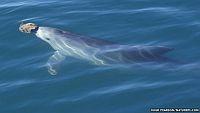 What is the best way to celebrate sailing? My first response is to say, go sailing. Sailing, seems to me, to be its own celebration. There is that moment when everything falls into balance — when the force of the wind on the sails, the lift of water flowing across the keel, the drag of the eddies boiling off the hull — when you can feel the perfect equilibrium of all the forces of the sea and sky in the gentle tug on the tiller or wheel. That instant is, for me at least, the perfect celebration of sailing.
What is the best way to celebrate sailing? My first response is to say, go sailing. Sailing, seems to me, to be its own celebration. There is that moment when everything falls into balance — when the force of the wind on the sails, the lift of water flowing across the keel, the drag of the eddies boiling off the hull — when you can feel the perfect equilibrium of all the forces of the sea and sky in the gentle tug on the tiller or wheel. That instant is, for me at least, the perfect celebration of sailing.
OK, enough rhapsodizing. My thoughts were triggered by an organization and a series of events referred to as Summer Sailstice. What is Summer Sailstice? According to its website, it is “a worldwide celebration of sailing on the weekend closest to the summer solstice – this year the solstice falls on a Saturday, June 21, 2014!” OK. Perhaps I am being more dim than usual, but that still doesn’t quite answer the question. Digging a bit deeper I find that, “Summer Sailstice was founded in February 2001 by John Arndt, as the global, annual celebration of sailing held on the summer solstice.
Continue reading →
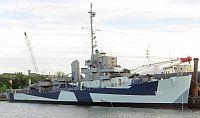


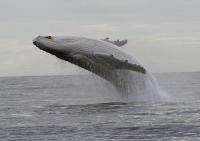
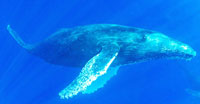 In recent years, there has been a significant increase in the number of whales off New York harbor. In 2011,
In recent years, there has been a significant increase in the number of whales off New York harbor. In 2011, 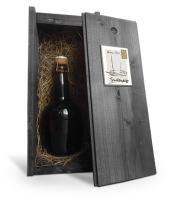 In 2010,
In 2010,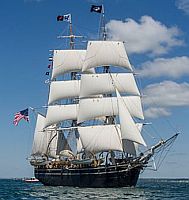

 What is the best way to celebrate sailing? My first response is to say, go sailing. Sailing, seems to me, to be its own celebration. There is that moment when everything falls into balance — when the force of the wind on the sails, the lift of water flowing across the keel, the drag of the eddies boiling off the hull — when you can feel the perfect equilibrium of all the forces of the sea and sky in the gentle tug on the tiller or wheel. That instant is, for me at least, the perfect celebration of sailing.
What is the best way to celebrate sailing? My first response is to say, go sailing. Sailing, seems to me, to be its own celebration. There is that moment when everything falls into balance — when the force of the wind on the sails, the lift of water flowing across the keel, the drag of the eddies boiling off the hull — when you can feel the perfect equilibrium of all the forces of the sea and sky in the gentle tug on the tiller or wheel. That instant is, for me at least, the perfect celebration of sailing.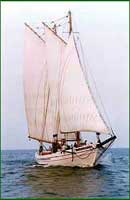 I wish that I had been sent to a summer camp aboard a historic schooner when I was a kid. Growing up in Texas, I remember summer camps notable for scrub mesquite trees, cactus and snakes, only some of which were poisonous. But I digress. This summer the 1928 Delaware Bay Oyster Schooner,
I wish that I had been sent to a summer camp aboard a historic schooner when I was a kid. Growing up in Texas, I remember summer camps notable for scrub mesquite trees, cactus and snakes, only some of which were poisonous. But I digress. This summer the 1928 Delaware Bay Oyster Schooner, I will admit that it was news to me that the
I will admit that it was news to me that the 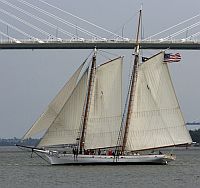 Last month
Last month  In the last decade, ten people off Western Australia have been attacked and killed by sharks. All of the deaths have been attributed to attacks by great white sharks. Earlier this year, the government of Australia set out on a trial program to “cull” dangerous sharks, targeting, in particular, great whites. The initial results were not encouraging.
In the last decade, ten people off Western Australia have been attacked and killed by sharks. All of the deaths have been attributed to attacks by great white sharks. Earlier this year, the government of Australia set out on a trial program to “cull” dangerous sharks, targeting, in particular, great whites. The initial results were not encouraging.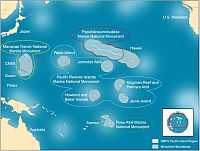 In 2006,
In 2006, 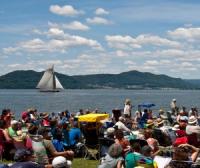 The days around the summer solstice will be a busy time on the Hudson River. We recently posted about the
The days around the summer solstice will be a busy time on the Hudson River. We recently posted about the 